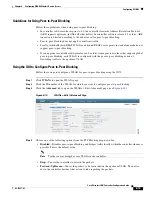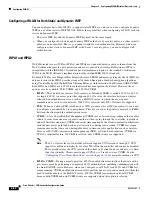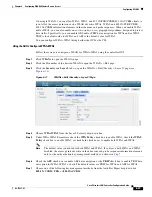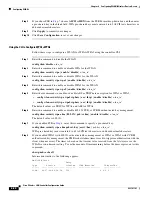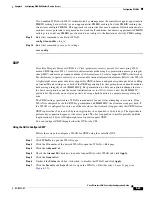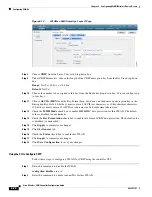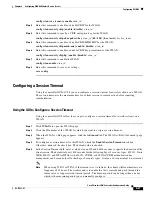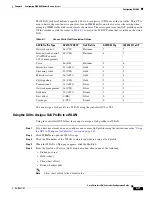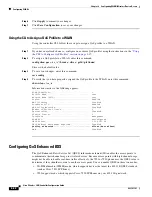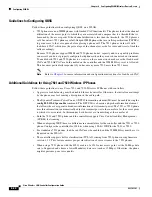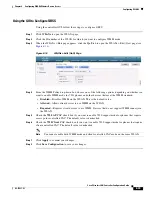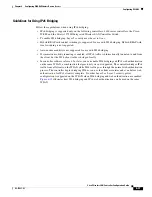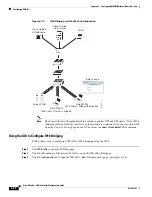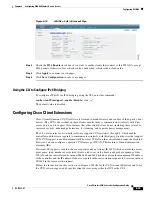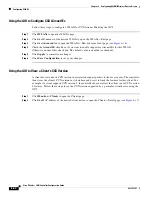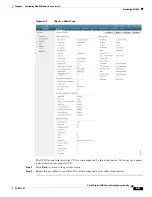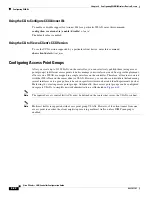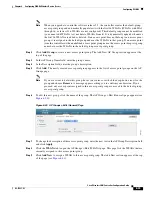
6-30
Cisco Wireless LAN Controller Configuration Guide
OL-17037-01
Chapter 6 Configuring WLANsWireless Device Access
Configuring WLANs
Note
Web authentication is supported only with these Layer 2 security policies: open authentication, open
authentWEP, and WPA-PSK. It is not supported for use with 802.1X.
Note
The controller supports web authentication redirects only to HTTP (HTTP over TCP) servers. It does not
support web authentication redirects to HTTPS (HTTP over SSL) servers.
Note
Before enabling web authentication, make sure that all proxy servers are configured for ports other than
port 53.
Note
When you enable web authentication for a WLAN, a message appears indicating that the controller will
forward DNS traffic to and from wireless clients prior to authentication. Cisco recommends that you
have a firewall or intrusion detection system (IDS) behind your guest VLAN to regulate DNS traffic and
to prevent and detect any DNS tunneling attacks.
Using the GUI to Configure Web Authentication
Follow these steps to configure a WLAN for web authentication using the controller GUI.
Step 1
Click
WLANs
to open the WLANs page.
Step 2
Click the ID number of the WLAN for which you want to configure web authentication. The WLANs >
Edit page appears.
Step 3
Click the
Security
and
Layer 3
tabs to open the WLANs > Edit (Security > Layer 3) page.
Step 4
Check the
Web Policy
check box.
Step 5
Make sure that the
Authentication
option is selected.
Step 6
Click
Apply
to commit your changes.
Step 7
Click
Save Configuration
to save your settings.
Using the CLI to Configure Web Authentication
Enter these commands to configure a WLAN for web authentication using the controller CLI:
•
config wlan security web-auth
{
enable
|
disable
}
wlan_id
•
Enter
show wlan
to verify that web authentication is enabled.
Assigning a QoS Profile to a WLAN
Cisco UWN Solution WLANs support four levels of QoS: Platinum/Voice, Gold/Video, Silver/Best
Effort (default), and Bronze/Background. You can configure the voice traffic WLAN to use Platinum
QoS, assign the low-bandwidth WLAN to use Bronze QoS, and assign all other traffic between the
remaining QoS levels.




